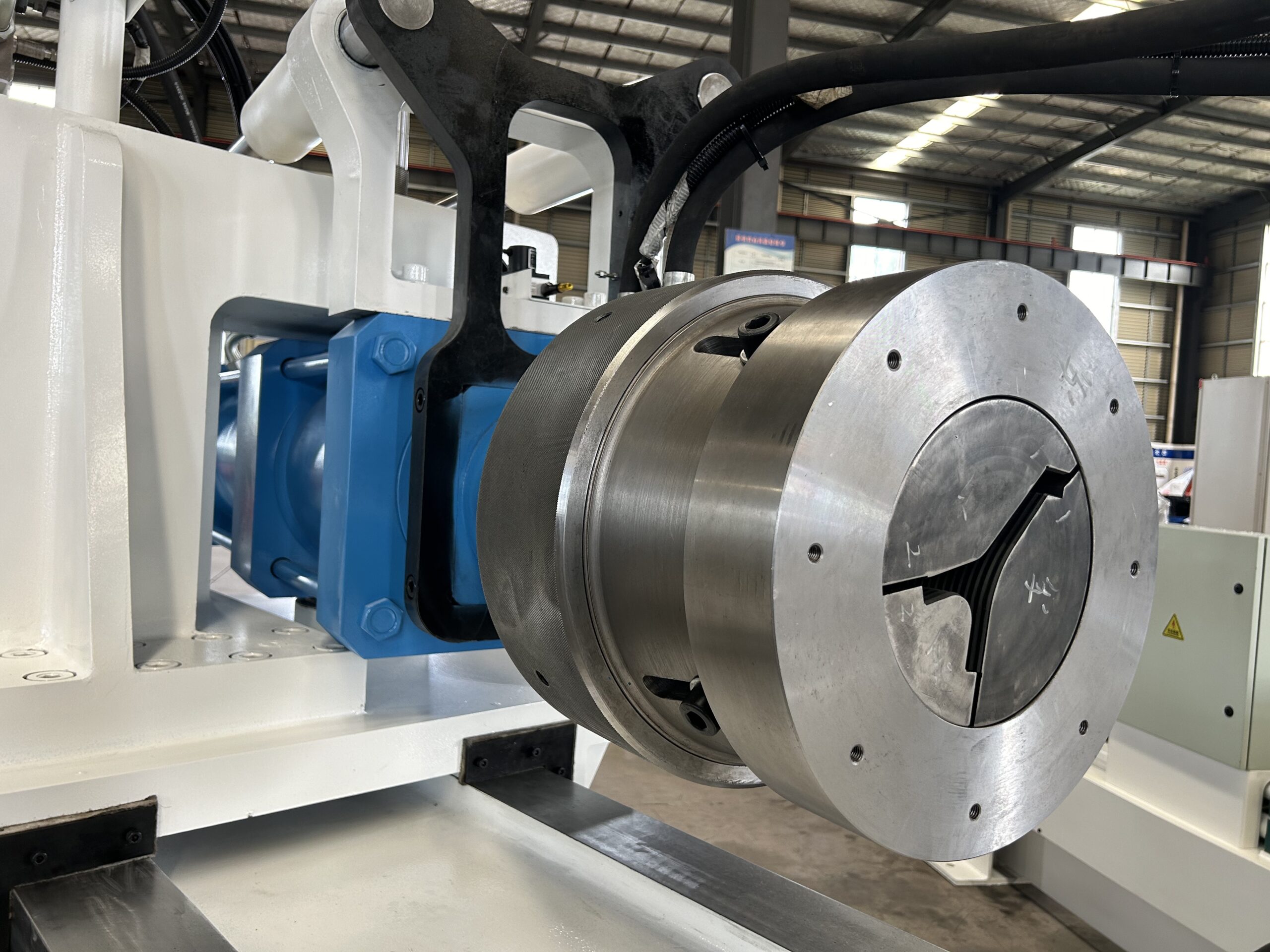In the world of metalworking, precision is paramount. When it comes to bending and rolling metal section profiles such as pipes and tubes, achieving the perfect curve or angle is both a science and an art. To achieve this, engineers and technicians rely on a set of crucial formulas and calculations that are the backbone of the pipe bending and rolling process.
Bend Allowance Formula
One of the fundamental formulas used in pipe bending is the “bend allowance” formula. Bend allowance is the length of the arc that a bent pipe will occupy in a given bend, and it plays a vital role in calculating the flat layout of the pipe before bending. The formula for the bend allowance is as follows:
Bend Allowance (BA) = (π/180) x D x θ
In this formula:
- BA represents the bend allowance.
- π (pi) is approximately 3.1416.
- D is the outside diameter of the pipe.
- θ is the bend angle in degrees.
The bend allowance formula allows engineers and technicians to calculate the length of pipe required to achieve a specific angle and radius in the bent section. This ensures that the final bent pipe meets the desired specifications with precision.
Complexities in Pipe Bending
It’s important to note that pipe bending can become more intricate when dealing with various factors. These complexities include different pipe materials, wall thicknesses, bending methods (e.g., compression bending, rotary draw bending), and tooling considerations. These additional factors require a deep understanding of the materials and processes involved.
Modern Solutions: While these formulas provide a strong foundation for pipe bending calculations, in practical applications, it’s often more convenient to use specialized software or tables. These tools provide bend allowance values for different pipe dimensions and bending scenarios, streamlining the process and ensuring precision.
The Bend Difficulty Rating (Fb)
In the world of pipe bending, understanding the difficulty level of a particular bend is crucial. To assess this, a “Bend Difficulty Rating” (Fb) is used. The formula to calculate Fb involves several factors, including material rigidity, wall thickness, and bend angle:
Fb = [2Kr + 0.2Fw + (B / 180)] / Fd
- Fb is the Bend Difficulty Rating.
- Kr represents a constant for material rigidity.
- Fw is the Wall Factor, related to the wall thickness and tube diameter.
- B is the bend angle in degrees.
- Fd represents the “D” of the bend, taking into account the centerline radius and tube outside diameter.
A higher Fb value indicates a more challenging bend to produce. Factors greater than 7 often require additional precision during setup or production to meet the desired parameters.
Formulas and factors related to rotary-draw tube bending
A comprehensive set of formulas and factors related to rotary-draw tube bending. These formulas and terms are essential for calculating and evaluating various aspects of the tube bending process, including bend difficulty, wall-thinning, mandrel dimensions, and more. Here’s a summary of some key terms and their related formulas:
- Tube Inside Diameter (Ti)
Ti = T – (W x 2)
Where Ti is the inside diameter of the tube, T is the outside diameter, and W is the wall thickness. - Inside Radius (Ri):
Ri = R – (T / 2)
Ri represents the inside radius of the bend, with R as the centerline radius and T as the tube outside diameter. - Outside Radius (Ro):
Ro = R + (T / 2)
Ro is the outside radius of the bend. - Wall Factor (Fw):
Fw = T / W
Fw is a factor related to the wall thickness and tube diameter. - “D” of Bend (Fd):
Fd = R / T
Fd represents the “D” of the bend, with R as the centerline radius and T as the tube outside diameter. - Bend Difficulty Rating (Fb):
Fb = [2Kr + 0.2Fw + (B / 180)] / Fd
Fb is a rating indicating the difficulty of the bend, considering factors such as material rigidity, wall thickness, and bend angle. - Wall-Thinning (Pt and Pw):
Pt = (Ro – R) / Ro
Pw = W x (1 – Pt)
Pt represents the percentage of wall-thinning, and Pw is the targeted wall thickness after thinning due to bending. - Percentage of Elongation at Arc (Pe):
Pe = (Ro / R) – 1
Pe is the percentage of elongation at the arc of the bend. - Mandrel Dimensions (Md, Mr):
For single-wall tubing:
Md = T – (W x 2.21)
For double-wall tubing:
Md = (T – (Wo x 2)) – (Wi x 2.21)
These formulas help determine the mandrel nose diameter (Md) for different types of tubing. - Clamp Length (Lc):
The formula for calculating clamp length depends on various constants, including Kr and Ks, as well as the tube diameter (T) and the centerline radius (R).
These formulas and factors are valuable tools for engineers and technicians involved in tube bending processes, helping them achieve accurate and efficient results while considering various parameters and constraints.
Conclusion
Pipe bending and rolling are essential processes in various industries, from construction to manufacturing. Understanding the formulas and calculations that underlie these processes is critical to achieving precise and consistent results. While the mathematical aspects can be complex, they form the basis for the tools and technology that have simplified and refined pipe bending, making it more accessible and efficient for a wide range of applications.


